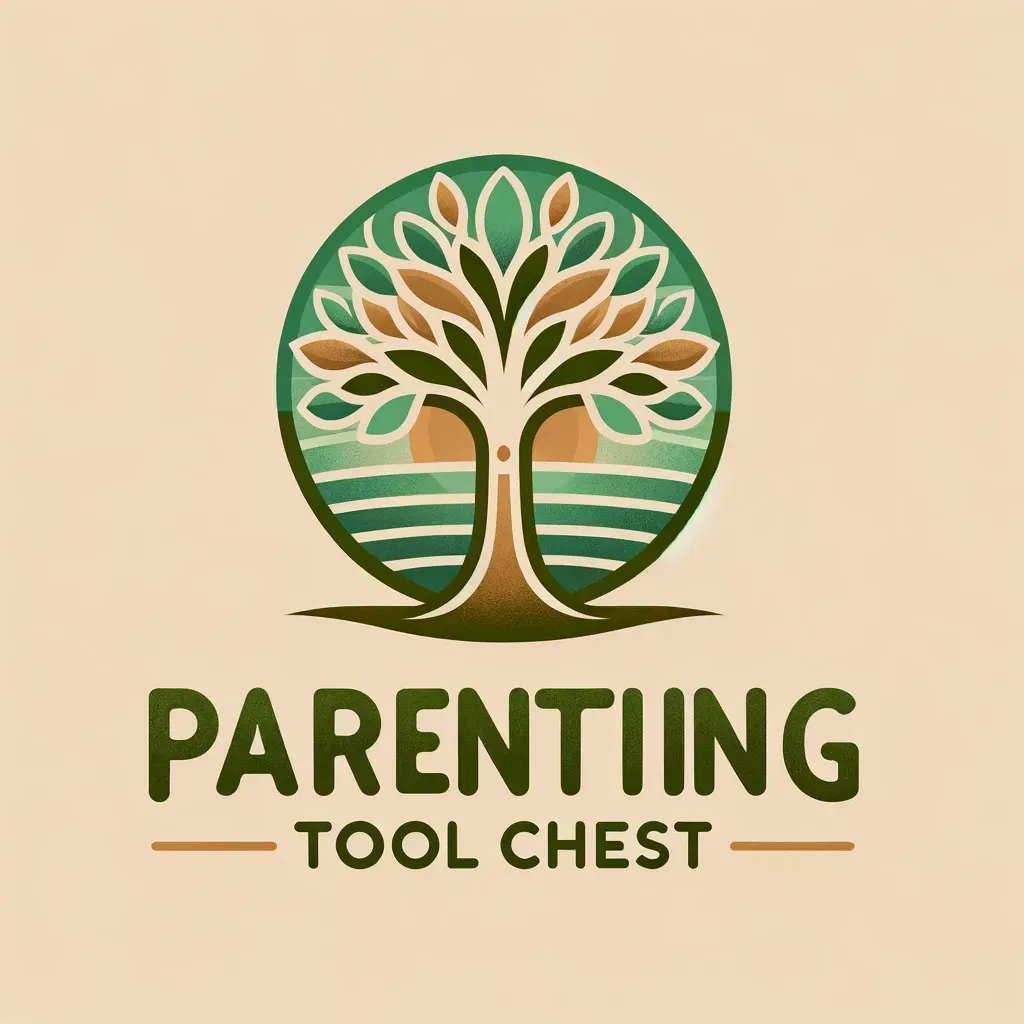Parenting with Purpose
Encouraging Growth and Development of Well-Adjusted Children

Raising Kids in the AI Era: What to Know About AI Tutors
It's 7:30 on a school night. Your child is staring at a math problem, frustrated for the third night in a row, while you are trying to juggle dinner and emails. You think: maybe an AI tutor could help. But where do you even start?
As parents, we’re often asking ourselves what extra tools might help our children succeed. For many families right now, that question includes AI.
Do you remember when the internet first became a go-to source for information? Back then, parents and teachers had to constantly remind kids: “Just because it’s on the internet doesn’t mean it’s true.” That lesson feels obvious now, but at the time, it was brand new for all of us.
Similarly, we’re at a new crossroads with AI. Teachers will tell you it’s already being used by students for homework and assignments. But beyond shortcuts, AI also offers new ways to learn, explore, and practice skills.
AI tutors are popping up everywhere these days. They promise help with everything from early reading to high-level math. But, before you hand over your child’s learning to an AI learning platform, it’s worth taking a pause. Not every platform is equal, and the right choice can make a big difference in both your child’s learning experience and their safety.
I’m not a tech expert or a cybersecurity specialist, but I do want to share some practical things parents should look for when weighing an AI tutoring program.
Here are some key things to look for as you evaluate different options:
1. Match the Platform to Your Child’s Age and Stage
Check content for child-appropriateness. Many AI platforms are trained on huge datasets, and not all of that material is suitable for kids without strong filtering.
Children could be exposed to offensive language, harmful ideas, or even explicit content.
Younger children (ages 5-8) need bright visuals, simple directions, and large, easy-to-tap buttons that fit their stage of development.
Older kids and teens can handle more advanced lessons, in-depth projects, and even meaningful discussions about the ethical side of technology.
Whatever your child’s age, choose a platform with reliable safeguards to prevent them from stumbling across content that isn’t right for them. 2. Look for Real Educational Value
Go beyond memorization. The best platforms stretch kids to think critically and solve problems.
Programs that adjust to your child’s pace can make learning more personal and effective.
Check how screen time is handled. The healthiest tools build in breaks or encourage offline activities, keeping balance in mind.
3. Protect Privacy and Security
Read the privacy policy.
Know exactly what information is being collected and how it’s used
Look for strong security, limited data collection, and options for parents to delete their child’s information.
Avoid platforms that leave the door open to misuse of personal data or deepfake content.
4. Make Use of Parental Controls
Choose a platform that lets you set limits, filter content, and track your child’s progress.
Some programs even send real-time updates and alerts, which means you stay connected to what your child is doing online.
AI can be an enhancement to their education, not a replacement for your voice and guidance.
Remember that information from AI isn’t always reliable.
Sometimes it generates incorrect or misleading answers, and children may not recognize the difference. Left unchecked, this can confuse and even spread misinformation.
Transparency matters. Look for platforms that are clear about how they work and what their limits are.
And finally, lean on community wisdom.
Reading reviews from educators and other parents can give you a much better sense of how a platform actually performs than marketing materials alone.
The Bottom Line
AI Tutors can be helpful tools, but they’re not something you can simply “set and forget.”The best choice is one that fits your child’s age and stage, truly supports their learning, safeguards their privacy, and still leaves plenty of room for real-world interaction. With careful choices, AI can become a safe, practical partner in your child’s learning journey, without replacing the human touch that matters most.
Instagram: parentingtoolchest
Facebook: Parenting Tool Chest
